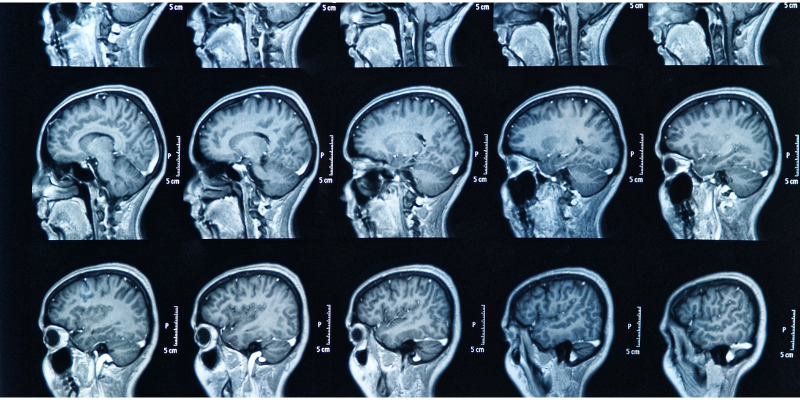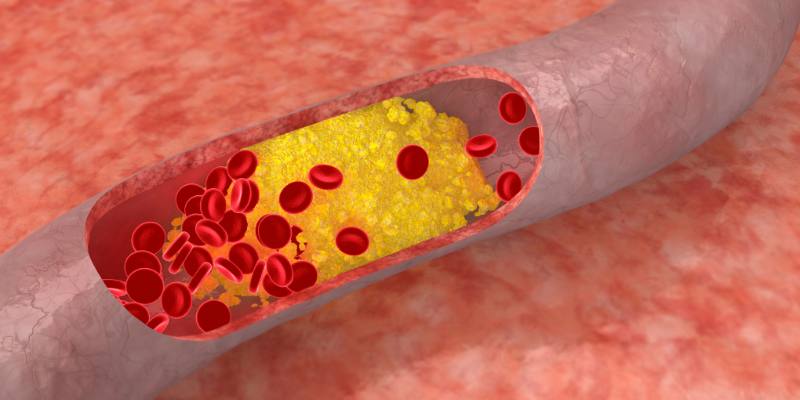What Are the Warning Signs of Cavernous Sinus Thrombosis?
Blood clots in the cavernous sinus, a rare but potentially life-threatening condition, occur when a blood clot forms in the cavernous sinus, a large vein located at the base of the skull. This can block normal blood flow and cause severe complications, such as vision loss, neurological damage, or even death if not treated promptly. Recognizing the warning signs early is essential to treat the condition effectively. In this article, we will discuss warning signs, causes, diagnostic methods, treatment options, and preventive measures so that you have all the information necessary to understand and act accordingly for cavernous sinus thrombosis.
What is a Blood Clot in the Cavernous Sinus?
Cavernous sinus thrombosis is when a blood clot occurs in the cavernous sinus, a large, paired venous channel within the skull. It occurs from infections, trauma, or clotting disorders. Swelling and pressure with an inflammation of surrounding structures occur with blockage due to a clot in the normal blood flow. Infections, especially facial, orbital, or sinus, often accompany the condition. Though very rare, cavernous sinus thrombosis is a medical emergency that would have serious sequelae if treatment does not arrive early enough: this includes potential damage to the brain or even death.

What Is the Most Typical Warning Sign for Cavernous Sinus Thrombosis?
The typical warning signs for cavernous sinus thrombosis vary depending on the clotting and the extent of the affected regions. The main early symptoms reported are severe headache, eye pain, and swelling around the eyes. A throbbing headache that persists with worsening time is the most typical indication of CST. Eye pain is another common symptom, usually behind or around the eyes. Swelling, especially in the face or around the eyes, may be due to the increased pressure in the cavernous sinus. In addition, blurring of vision or double vision could result along with fever in some, provided it is an infection-related condition.
What are the Causes of Cavernous Sinus Thrombosis?
Many causes of cavernous sinus thrombosis are present, the most common of which is an infection. Thrombosis is caused when the cavernous sinus becomes infected with sinus infections, orbital cellulitis, or a dental infection. Other causes of thrombosis can be damage to the veins and blood vessels of the face and head caused by trauma. Some specific medical procedures, like those that target the eyes or brain, increase the possibility of acquiring CST. Persons with blood clotting conditions and genetic predisposition to blood clots are predisposed to cavernous sinus thrombosis.
How Do You Diagnose Cavernous Sinus Thrombosis?
Physical examination usually starts by determining the symptomatology, where the doctor observes the headache, eye pain, and facial swelling. However, diagnosis requires imaging studies confirming a cavernous sinus clot. MRI and CT scans can define images of the brain and related structures to visualize the clot. Blood tests may be used to check for signs of infection or clotting disorders, and a lumbar puncture may be performed in some cases to check for increased pressure within the brain. Early and accurate diagnosis is essential for appropriate treatment and minimizing complications.
What Are the Treatment Options for Cavernous Sinus Thrombosis?
Treatment for cavernous sinus thrombosis typically involves a combination of medications and, in some cases, surgical intervention. Antibiotics are commonly prescribed if the thrombosis is due to an infection, such as a sinus infection or orbital cellulitis. Anticoagulants, or blood thinners, dissolve the blood clot and prevent further clotting. Surgical procedures may be necessary if the clot is large or causes significant pressure on surrounding structures to remove the clot or drain any abscesses. Supportive care, including analgesia and hydration, will also be key to symptom control. The therapy regimen will, however, depend on the severity of this disease and the causes that may present in the patient, such as an infection or blood clotting disorders.

Long-term Complications Cavernous Sinus Thrombosis Could Result In.
Unless treated promptly or diagnosed early, cavernous sinus thrombosis is liable to many devastating complications that arise later. The most common complications include vision loss, where a clot may pressure the optic nerve, resulting in partial or total blindness. In addition, damage to the central nervous system occurs because the clot can impact the brain and cranial nerves, leading to dysfunction, cognitive impairment, and paralysis. Sepsis can occur if thrombosis develops from an infection that is left untreated, and in extreme instances, CST is fatal. This complication indicates the need for early detection followed by prompt treatment to avoid permanent complications.
How Do You Prevent Cavernous Sinus Thrombosis?
Cavernous sinus thrombosis prevention requires reducing the risk factors and managing infection, trauma, and other contributory factors. One of the most important steps is promptly and effectively treating infections, particularly those affecting the sinuses, eyes, or teeth. Proper wound care after facial injuries or surgical procedures is essential to prevent complications such as blood clots. Individuals with blood clotting disorders should work closely with their healthcare provider to manage their condition and reduce the risk of thrombosis. Regular medical checkups are necessary to detect and monitor any health conditions, such as pregnancy, cancer, or other chronic conditions, that may heighten the risk of CST.
Conclusion
Cavernous sinus thrombosis is a rare but serious condition that needs prompt medical attention. Recognition of the early warning signs, such as severe headache, eye pain, and facial swelling, will lead to a timely diagnosis and treatment of patients. If left untreated, this condition can lead to serious complications, including vision loss, neurological damage, or even death. Understanding the causes, symptoms, and available treatments can help you seek medical help at the earliest signs of this condition. Early intervention is the key to preventing long-term effects and ensuring the best possible outcome for individuals diagnosed with cavernous sinus thrombosis.











